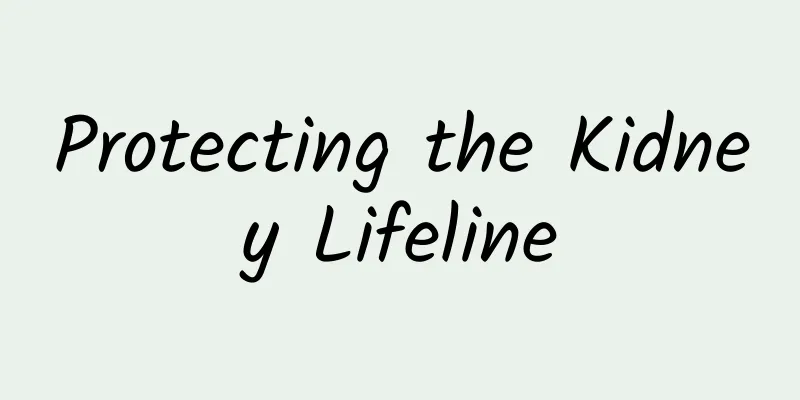Protecting the Kidney Lifeline

|
Why are kidneys the human body’s “water purification plant”? The kidneys filter 180 liters of blood every day, which is equivalent to the volume of 10 barrels of water. These two fist-sized organs are not only responsible for excreting waste, but also have seven core functions, including regulating blood pressure, balancing electrolytes, and promoting hematopoiesis. When the kidney function is lost by 90%, the human body will show obvious symptoms, which is why kidney disease is called the "silent killer." Common habits of modern people, such as staying up late, high-salt diet, and abuse of painkillers, are accelerating kidney aging. Clinical data show that the proportion of people aged 20-30 with abnormal renal function has reached 8.3%, while 30 years ago this figure was only 0.7%. The kidneys have a strong compensatory capacity, but damage exceeding 50% will be irreversible, and timely protection is urgent. Don't ignore the three warning signs Eyelid swelling for more than an hour in the morning, continuous fine foam in the urine (proteinuria), and getting up more than twice at night are the "three steps" sent by the kidneys for help. It is particularly important to note that low back pain is not necessarily a kidney problem, and a feeling of heaviness and swelling in the waist accompanied by hematuria may indicate a serious disease. Patients with diabetes and hypertension need to check urine microalbumin every quarter. Ordinary people are advised to do urine routine + renal function test every year, and avoid strenuous exercise and high-protein diet before the test. If the home test strip test shows positive urine protein, you should see a doctor immediately instead of taking medicine on your own. Get rid of the five common misconceptions about kidney disease Myth 1: If creatinine is normal, everything is fine (it needs to be combined with urine test and imaging); Myth 2: Chinese medicine is safer than Western medicine (Aristolochic acid contained in Aristolochic acid in Aristolochia ternata is nephrotoxic); Myth 3: Dialysis can be addictive (timely dialysis can protect residual renal function); Myth 4: A kidney transplant can cure the disease (lifelong anti-rejection treatment is required); Myth 5: Young people will not get kidney disease (hereditary kidney disease often occurs in young and middle-aged people). The latest blood purification technology can extend the survival of patients with uremia to more than 30 years. Genetic testing can detect hereditary kidney diseases such as polycystic kidney disease in advance, and CRRT continuous renal replacement therapy can win life for critically ill patients. Remember the seven-character formula of "early screening, early diagnosis, and early intervention", and 85% of chronic kidney disease can be effectively controlled. |
<<: Anesthesia and sleep deprivation
>>: "Aimeiyi" prevention and treatment knowledge series - AIDS
Recommend
How to stimulate the vagina of a normal woman
Satisfying sex life is something that everyone ha...
How to treat vaginitis and condyloma acuminatum?
Vaginitis is really very common in life. Because ...
Is vulvar leukoplakia a serious disease?
Vulvar leukoplakia is a diffuse white patch that ...
Can I take a bath during my menstrual period?
Can I take a bath during my period in the dog day...
Is surgical treatment of vulvar warts good?
Suddenly one day you find a few bumps on your low...
Chloasma means something is wrong with your body
Chloasma is generally easy to appear on the face ...
The benefits of moxibustion on the lower back of women
Moxibustion is a common method of health care and...
Can fetal movement tell the difference between a boy and a girl?
Men on the left and women on the right have alway...
What is the ending song of the second episode of Melo Physique? A summary of the background music of Melo Physique
The OSTs of the Korean drama Melo Physique are so...
Will taking western medicine affect menstruation?
During menstruation, women's diet must be str...
When is the best time to take DHA during pregnancy?
DHA is an important component of human cytoplasm....
How many days does it take for amniocentesis to produce results?
Amniocentesis is a relatively important examinati...
Eating these 4 types of food often will make you fat
I believe many of you have this problem: other pa...
Will breast hyperplasia require a total mastectomy?
The probability of women developing breast hyperp...









